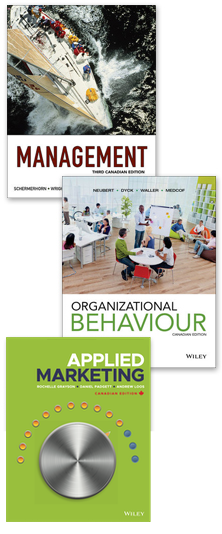Following the protests in Egypt and the fall of Hosni Mubarak, many are questioning how the Egyptian government chose to respond to social media and the internet. Rather than harnessing its power or, at least minimally, trying to manage it, Mubarak’s regime simply tried to shut it down. Other governments take different approaches, some going so far as to establish units to monitor and influence the content on social media.
QUESTIONS:
- In a very narrow sense, we might think of control as something managers use to ensure a set of correct production outcomes. Check the definition for controlling in your text again. It invites a narrow interpretation. But think about it. What does control mean for a manager, particularly one in today’s information economy? What does control mean for the various regimes mentioned in the article?
- What type of control is being utilized by the governments that are “properly” managing social media?
- Are governments relying on internal or external control of social media? What form does this control take?
SOURCE: E. Morozov, “Smart Dictators Don’t Quash the Internet,” Wall Street Journal (Retrievable online at http://online.wsj.com/article/SB10001424052748704657704576150653606688990.html)

